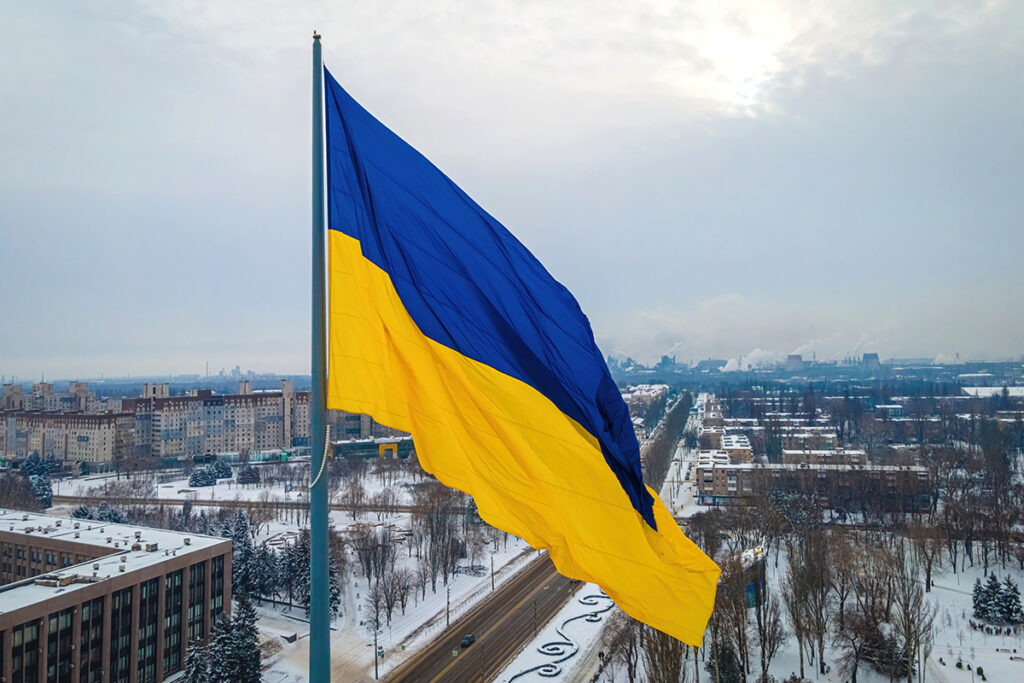As Ukraine’s forces struggle against Russian advances, European leaders are exploring new strategies to ensure the country’s security, including the possible deployment of thousands of European troops to Ukraine. While not under the NATO banner, these forces would serve as a deterrent and rapid reaction force against future Russian aggression. However, Moscow remains deeply opposed to any Western military presence in Ukraine, seeing it as a red line that could escalate tensions further.
With U.S. President Donald Trump pressuring both sides to end the nearly three-year-old conflict and signaling a potential reduction in American military aid, Ukraine and its European allies are seeking alternative ways to safeguard the country’s sovereignty. Despite showing some openness to ceasefire discussions, Ukrainian President Volodymyr Zelenskyy insists that without strong security guarantees from allied nations, any peace agreement would leave Ukraine vulnerable to another Russian invasion. The collapse of previous agreements, including those in 2014 and 2015 after Russia’s annexation of Crimea, has deepened Kyiv’s skepticism toward negotiations lacking firm commitments from its allies.
Europe’s Ceasefire Proposals and Their Challenges
Several approaches have been considered to secure Ukraine’s long-term defense. One idea involved a massive arms investment to equip Ukraine with sufficient firepower to deter future Russian assaults. However, this plan would require significant support from the U.S., which appears uncertain under the current administration.
Another proposal suggested that Ukraine’s allies could establish a defense system to intercept Russian air attacks, similar to the U.S. intervention that shielded Israel from Iranian drone strikes. While this could provide immediate protection, experts warn that it would expose sophisticated Western defense technologies to Russian military intelligence, creating potential risks for future conflicts.
The most discussed proposal, initially introduced by French President Emmanuel Macron, is modeled on the Korean armistice and calls for the deployment of European troops to Ukraine. These forces would act as both a peacekeeping mission and a tripwire against renewed Russian aggression. Zelenskyy has emphasized that for this approach to be effective, Ukraine would require tens of thousands of allied troops and a steady supply of advanced weaponry, including long-range capabilities capable of striking deep into Russian territory.
Russia’s Reluctance and Europe’s Dilemma
Despite these discussions, Russia remains firmly opposed to any foreign troop presence in Ukraine. Russian officials have warned that such a move would be categorically unacceptable and could provoke further escalation. Moscow continues to view Ukraine as part of its geopolitical sphere and appears confident that it can outlast Kyiv’s resistance.
Even within Europe, the feasibility of sending troops remains uncertain. Many European nations face challenges related to military production capacity, manpower shortages, and financial constraints. With the U.S. currently providing 40% of Ukraine’s military support, any reduction in aid would leave a significant gap that European nations may struggle to fill. Additionally, Europe’s defense production remains fragmented, raising concerns about its ability to sustain prolonged military commitments.
Peacekeeping or Strategic Move?
While the European troop deployment plan has been described as a peacekeeping effort, some officials argue that it is more of a deterrent strategy. Traditional peacekeeping missions typically require a UN mandate, which Russia could easily veto. Moreover, a standard peacekeeping force would not guarantee an immediate counterattack in response to Russian aggression—something Kyiv sees as essential for its security.
Ukraine has engaged in discussions with key European allies, including the U.K., France, Poland, and the Baltic states, about the potential deployment. However, any such move would likely face strong resistance from Moscow. Some analysts believe that the proposal may serve as a negotiation tactic, giving European nations leverage in future talks with the Kremlin.
As European leaders deliberate over the risks and benefits of military involvement, the reality remains uncertain. While Ukraine pushes for stronger security guarantees, Russia continues its offensive, showing no signs of backing down. Whether European troops will be deployed or negotiations will yield a different outcome remains uncertain—a key question that will influence the trajectory of the conflict and the broader security landscape in Europe.


